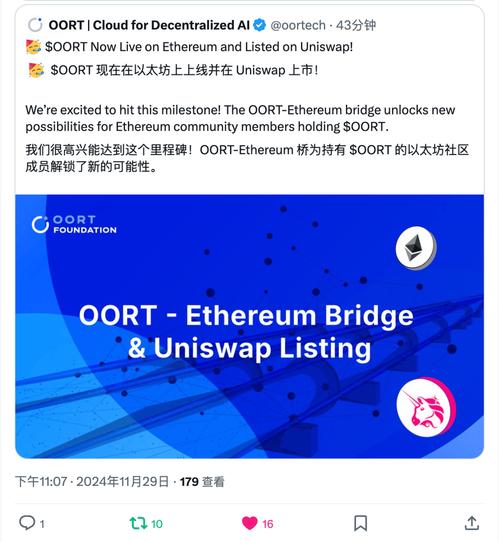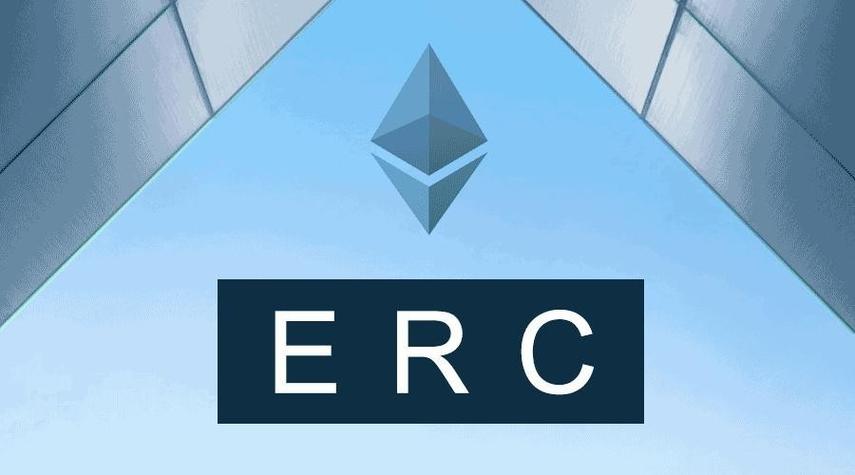
ERC 20 ETH History: A Detailed Journey Through Time
Embarking on a journey through the history of ERC 20 ETH, you’ll find a rich tapestry of innovation, collaboration, and the relentless pursuit of a decentralized future. Ethereum, the platform that birthed ERC 20, has become synonymous with blockchain technology, and its native token, ETH, has become a cornerstone of the cryptocurrency world. Let’s delve into the fascinating history of ERC 20 ETH, exploring its origins, evolution, and impact on the blockchain landscape.
Origins of ERC 20
The concept of ERC 20 was introduced in 2015 by Fabian Sch枚ll, a developer who was part of the Ethereum community. The goal was to create a standard for fungible tokens on the Ethereum blockchain, allowing for interoperability and ease of use across different applications. ERC 20 was officially proposed on GitHub on November 23, 2015, and quickly gained traction among developers and investors alike.

ERC 20: The Standardization of Tokens
ERC 20 brought a set of rules and guidelines for creating fungible tokens on the Ethereum blockchain. These tokens are divisible, fungible, and can be transferred between users without any loss of value. The standard includes several key features, such as a total supply, symbol, name, and decimal places. By adhering to the ERC 20 standard, tokens can be easily integrated into various Ethereum-based applications, from decentralized exchanges to smart contracts.
Here’s a brief overview of the ERC 20 features:
| Feature | Description |
|---|---|
| Total Supply | The total number of tokens that will ever be created. |
| Symbol | A short, unique identifier for the token. |
| Name | The full name of the token. |
| Decimals | The number of decimal places for the token’s value. |
| Transfers | The ability to transfer tokens between addresses. |
| Approvals | The ability to approve a third party to spend tokens on your behalf. |
The Rise of ETH
As the Ethereum platform gained popularity, its native token, ETH, became a sought-after asset. ETH serves as the currency for transactions on the Ethereum network, and it’s also used to pay for gas fees, which are required to execute smart contracts and other operations on the blockchain. The price of ETH has seen significant volatility over the years, but it has consistently grown in value as the Ethereum ecosystem has expanded.
The Impact of ERC 20 ETH
The combination of ERC 20 and ETH has had a profound impact on the blockchain industry. By providing a standardized framework for creating fungible tokens, ERC 20 has enabled the development of a vast array of decentralized applications (dApps) and services. Some of the most popular dApps built on ERC 20 include decentralized exchanges, lending platforms, and tokenized assets.

Here are a few notable examples of ERC 20 ETH-based projects:
- Uniswap: A decentralized exchange that allows users to trade ERC 20 tokens without the need for a centralized authority.
- Compound: A lending and borrowing platform that enables users to earn interest on their ETH and other ERC 20 tokens.
- MakerDAO: A decentralized autonomous organization that allows users to create and trade Dai, an ERC 20 stablecoin.
The Future of ERC 20 ETH
The future of ERC 20 ETH looks promising, as the Ethereum network continues to evolve and improve. Ethereum 2.0, the upcoming upgrade to the platform, aims to address scalability and sustainability concerns by transitioning to a proof-of-stake consensus mechanism. This will likely have a positive impact on the entire ecosystem, including ERC 20 tokens and ETH itself.
As the blockchain industry continues to grow, ERC 20 ETH will undoubtedly play a



